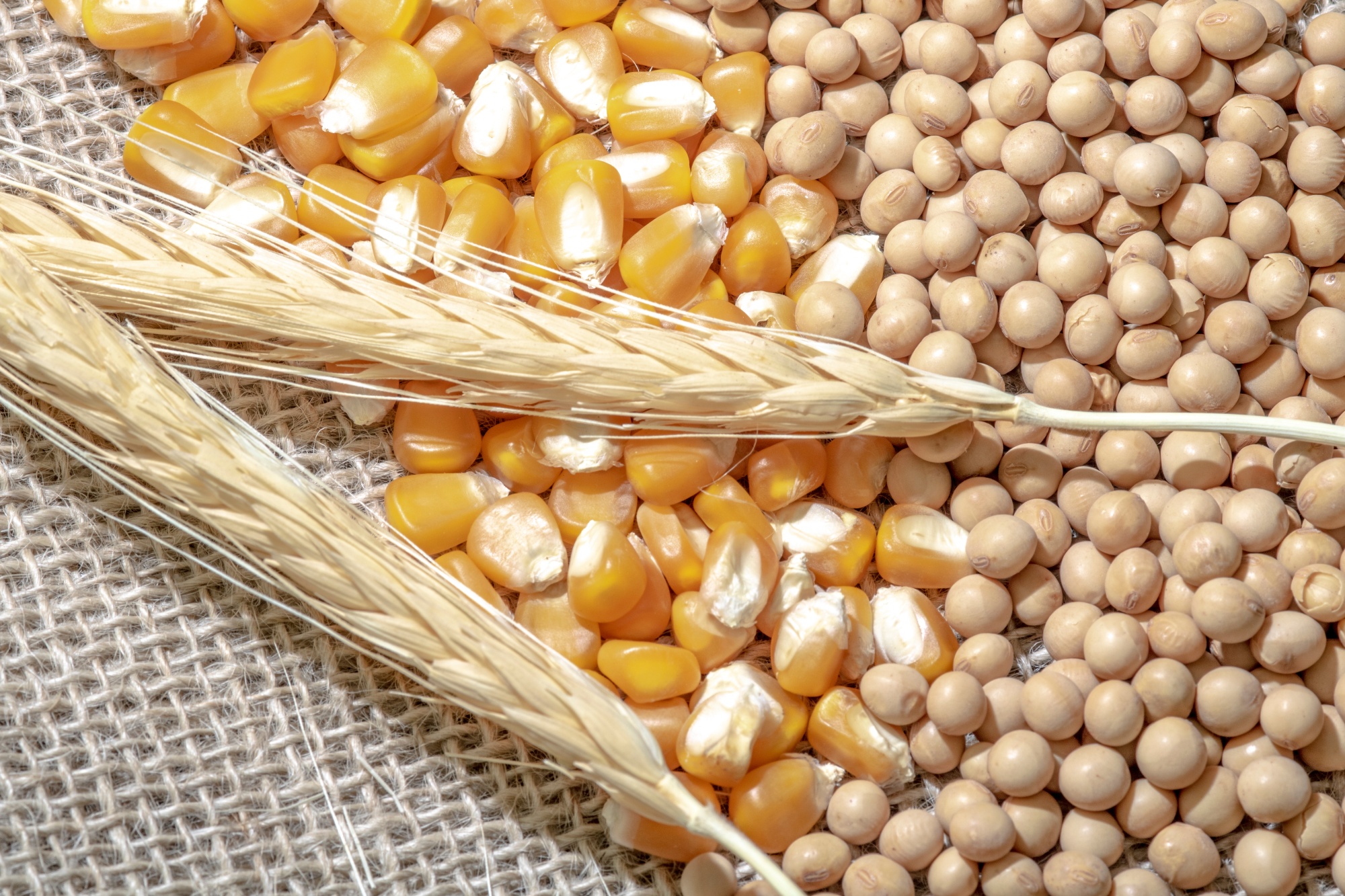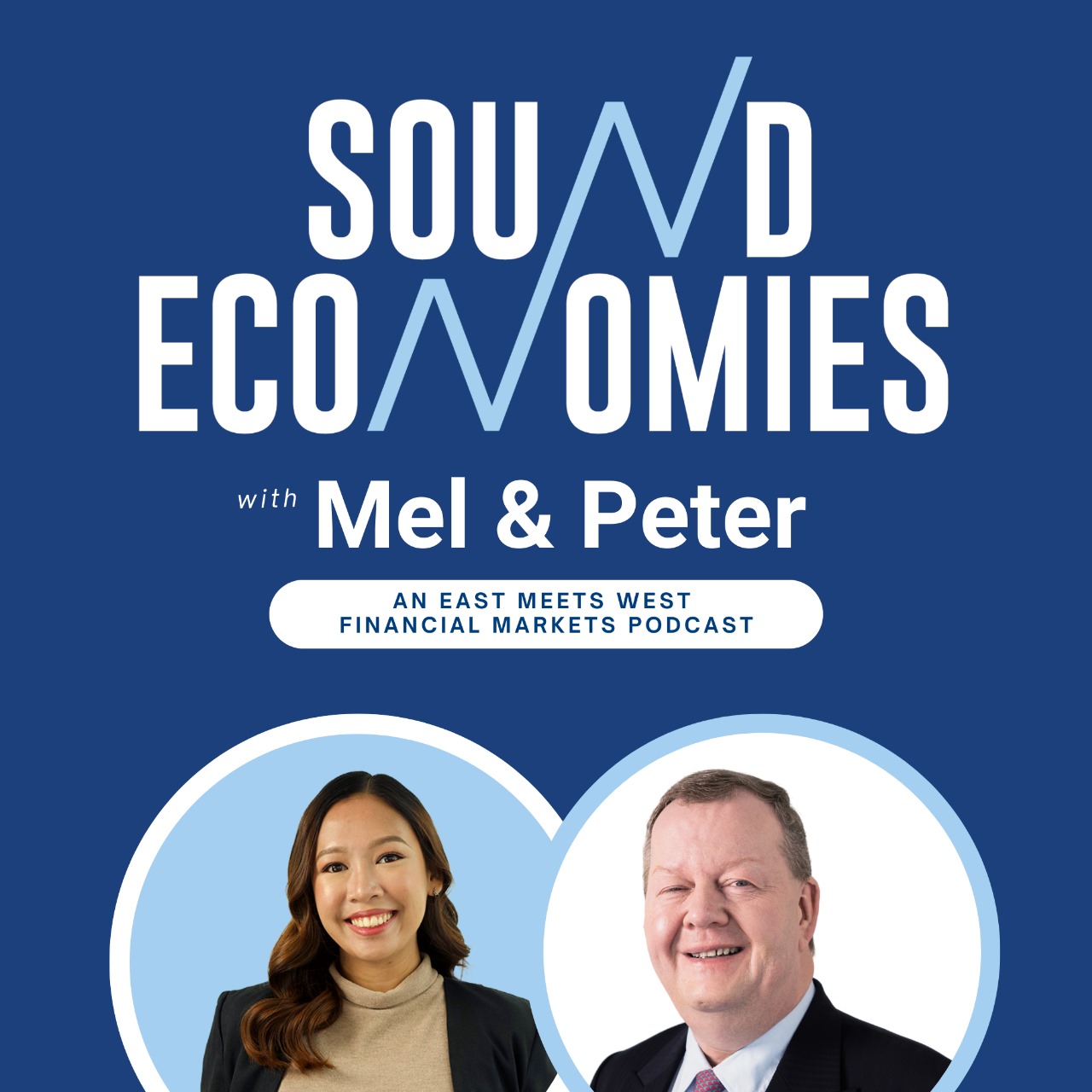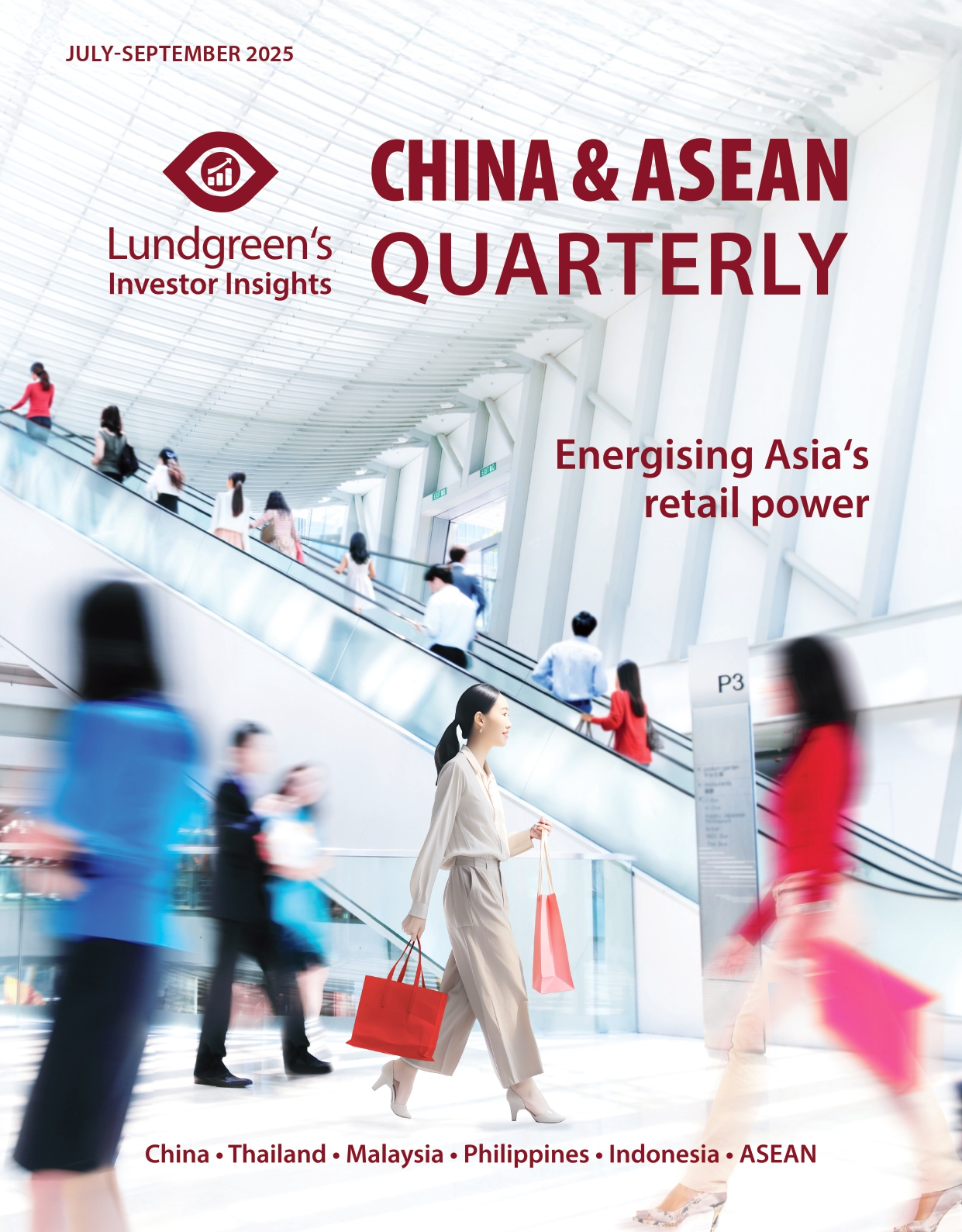Brazil’s economy grows amid domestic uncertainties
Brazil’s economy managed to still grow in the beginning of 2025 thanks to its strong agriculture and resilient labour market. However, rising real interest rates, softer consumption, and political uncertainty ahead of the elections are casting shadows over the country’s growth outlook.
The Brazilian economy grew 1.4 per cent in the first quarter of 2025 compared to the previous quarter, according to the Brazilian Institute of Geography and Statistics (IBGE). One industry that stood out during the quarter is agriculture; Brazil enjoyed a bountiful harvest, particularly for soybeans and corn, which contributed to the rise of GDP of 12.2 per cent. It should be noted that mass soybean harvests are typically recorded in the first quarter, so this agricultural boost is unlikely to provide support GDP growth in the second quarter.
Although growth remained positive, year-over-year expansion decelerated to 2.9 per cent from the fourth quarter’s 3.6 per cent. Early signs of economic cooling are emerging, largely reflecting elevated real interest rates which are the highest in Brazil’s history. Adding to the uncertainty are political concerns, including the government’s low approval rating just a year before the presidential elections, and the shaky resilience of domestic financial markets.
Consumer spending outlook
Household consumption rose 1 per cent in January-March, supported by a strong labour market. According to the IBGE, unemployment fell from 6.8 per cent to 6.2 per cent by end-May. Compared to 7.1 per cent in the same period last year, this marks the lowest rate for that period on record.
Meanwhile, the labour market remains robust and continues to support consumer spending. However, while the Consumer Confidence Index recorded an increase of 0.5 per cent in June, its year-over-year basis declined by 1.3 per cent. Further, the Access to Credit sub-index rose by 2.5 per cent, which partly reflects government-led incentives to expand borrowings. According to the report, 32.6 per cent of consumers perceive credit to be more accessible to them. Looking ahead, as more working citizens will likely pull up household consumption, consumers are still likely to remain cautious with spending due to the persistently high interest rates that affect their purchasing power. As an example, appetite towards buying durable goods declined 7.0 per cent year-on-year, indicating that Brazilians are holding back with making big-ticket purchases.
Declining public trust
In the first quarter, government consumption ticked higher by 0.1 per cent from the previous period. Despite relatively strong economic indicators, however, the government continues to face growing disapproval. With just one year remaining before the presidential polls, efforts to restore public confidence are intensifying.
Graph 1 illustrates the declining Business Confidence Index that has slid below the historical average over the past three years and is diving even lower, indicating that small businesses continue to operate in an environment of low confidence. This also reflects the government’s fragile position, while the outlook for public accounts fuels market worries.

The federal government is expected to ramp up spending in the coming months by expanding social programs in an attempt to regain public confidence. These include expanding the Minha Casa, Minha Vida program that provides subsidies to families buying a house, increasing gas subsidies, and reducing electricity bills for low-income households with low consumption.
Additional public spending, however, could fuel even faster inflation that would hinder the central bank from slashing the very high interest rate of 15 per cent for an extended period. Investors may take advantage of the ultra-high interest rate environment to gain from instruments tied to the Selic rate. Fixed-income instruments have become increasingly attractive as interest rates reach a fresh peak. Treasury bonds such as the IPCA+ 2029 are currently offering real returns of approximately 8 per cent per year, which is an attractive margin.
In May, the government briefly implemented an increase in the IOF, or the tax on financial transactions, that affected various financial assets and securities and made loans more expensive for companies. As seen in Graph 2, Brazil’s main stock market index declined shortly after the announcement, reflecting deep investor concern; beyond the fiscal implications, the IOF hike highlights political friction between the Executive and Legislative branches. The tension was quickly resolved as Brazil’s Ministry of Finance revoked the tax hike for remittances and offshore fund transfers, which quickly appeased market jitters. Agribusiness Receivables Certificates, Real Estate Receivables Certificates, and Financial Bills (Letras Financeiras) continue to be exempt from the IOF and remain as attractive investment options.

Real a bright spot
One positive development is the sharp appreciation of the Brazilian real against the US dollar. This was partly due to increased investor distrust towards America’s fiscal and trade policies, but also reflects Brazil’s attractive interest rate differential. In addition, improved risk appetite towards Brazil relative to other emerging markets, thanks to limited exposure to reciprocal US tariffs and consistent domestic growth, has further strengthened the currency.
Although the Brazilian Central Bank is expected to pause its rate-cutting cycle that would temper the real’s appreciation in the short term, the currency is expected to continue gaining strength for the next two to three months. Despite the prevailing uncertainties in the global markets, some investments remain shielded – after all, high onshore interest rates provide a solid margin for investors to consider.
This original article has been produced in-house for Lundgreen’s Investor Insights by on-the-ground contributors of the region. The insight provided is informed with accurate data from reliable sources and has gone through various processes to ensure that the information upholds the integrity and values of the Lundgreen’s brand.






